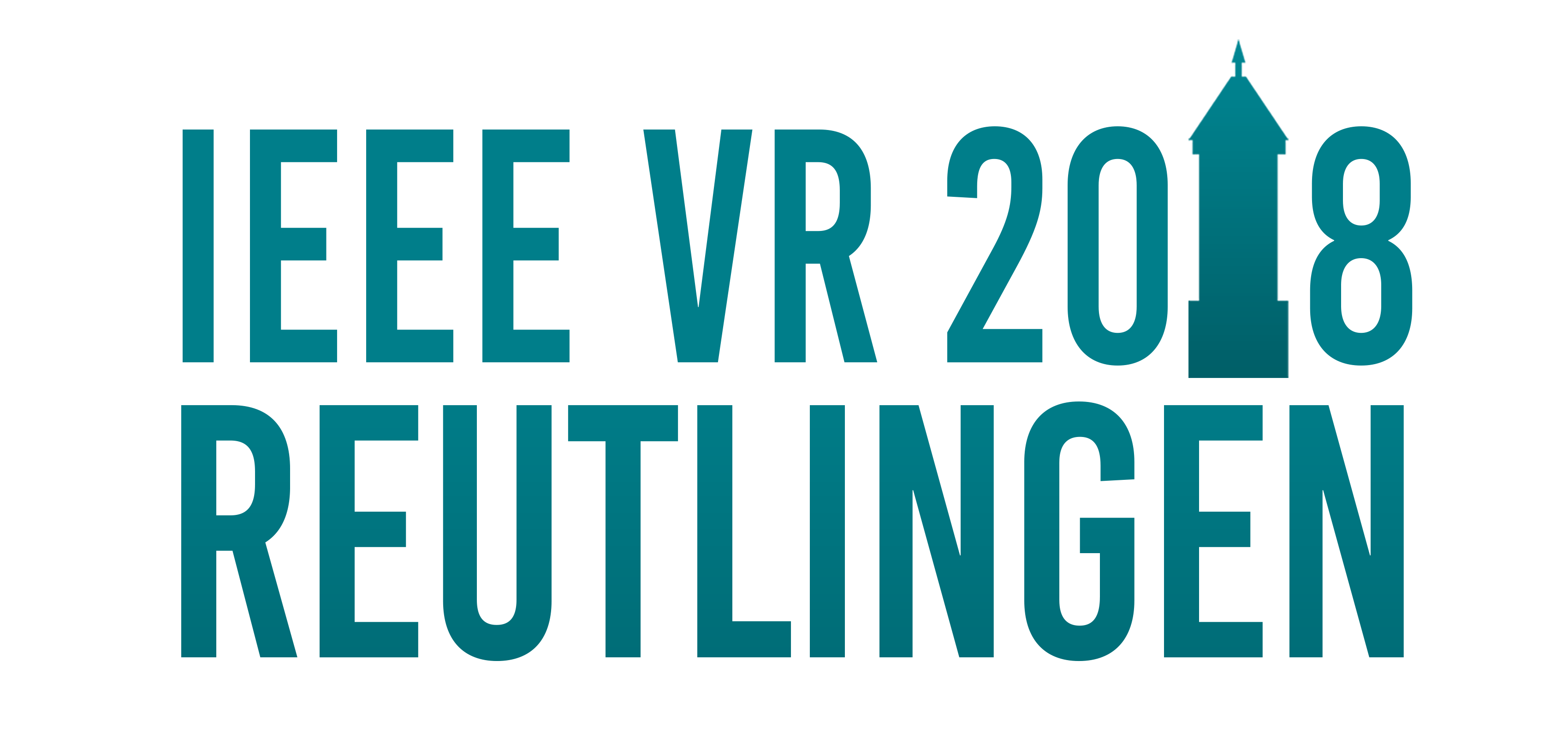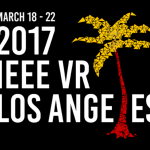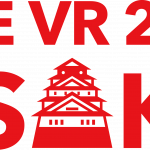UCL at IEEE VR 2018
We presented three papers at IEEE VR 2018.
Profiling Distributed Virtual Environments by Tracing Causality
Sebastian J Friston, Elias J Griffith, David Swapp, Alan Marshall, Anthony Steed
Abstract: In this paper we explore a new technique to profile distributed virtual environments. Profiling is a key part of the optimisation process, but techniques based on static analysis or passing meta-data have difficulty following causality in concurrent and distributed systems. Our technique is based on taking hashes of the system state in order to abstract away platform-specific details, facilitating causality tracing across process, machine and even semantic boundaries. Across three case studies, we demonstrate the efficacy of this approach, and how it supports a variety of metrics for comprehensively bench-marking distributed virtual environments.
This was a result of our CASMS project.
A Comparison of Virtual and Physical Training Transfer of Bimanual Assembly Tasks
Mara Murcia-López, Anthony Steed
Abstract: As we explore the use of consumer virtual reality technology for training applications, there is a need to evaluate its validity compared to more traditional training formats. In this paper, we present a study that compares the effectiveness of virtual training and physical training for teaching a bimanual assembly task. In a between-subjects experiment, 60 participants were trained to solve three 3D burr puzzles in one of six conditions comprised of virtual and physical training elements. In the four physical conditions, training was delivered via paper- and video-based instructions, with or without the physical puzzles to practice with. In the two virtual conditions, participants learnt to assemble the puzzles in an interactive virtual environment, with or without 3D animations showing the assembly process. After training, we conducted immediate tests in which participants were asked to solve a physical version of the puzzles. We measured performance through success rates and assembly completion testing times. We also measured training times as well as subjective ratings on several aspects of the experience. Our results show that the performance of virtually trained participants was promising. A statistically significant difference was not found between virtual training with animated instructions and the best performing physical condition (in which physical blocks were available during training) for the last and most complex puzzle in terms of success rates and testing times. Performance in retention tests two weeks after training was generally not as good as expected for all experimental conditions. We discuss the implications of the results and highlight the validity of virtual reality systems in training.
The Effect of Transition Type in Multi-View 360° Media
Andrew MacQuarrie, Anthony Steed
Abstract: 360° images and video have become extremely popular formats for immersive displays, due in large part to the technical ease of content production. While many experiences use a single camera viewpoint, an increasing number of experiences use multiple camera locations. In such multi-view 360° media (MV360M) systems, a visual effect is required when the user transitions from one camera location to another. This effect can take several forms, such as a cut or an image-based warp, and the choice of effect may impact many aspects of the experience, including issues related to enjoyment and scene understanding. To investigate the effect of transition types on immersive MV360M experiences, a repeated-measures experiment was conducted with 31 participants. Wearing a head-mounted display, participants explored four static scenes, for which multiple 360° images and a reconstructed 3D model were available. Three transition types were examined: teleport, a linear move through a 3D model of the scene, and an image-based transition using a Möbius transformation. The metrics investigated included spatial awareness, users movement profiles, transition preference and the subjective feeling of moving through the space. Results indicate that there was no significant difference between transition types in terms of spatial awareness, while significant differences were found for users movement profiles, with participants taking 1.6 seconds longer to select their next location following a teleport transition. The model and Möbius transitions were significantly better in terms of creating the feeling of moving through the space. Preference was also significantly different, with model and teleport transitions being preferred over Möbius transitions. Our results indicate that trade-offs between transitions will require content creators to think carefully about what aspects they consider to be most important when producing MV360M experiences.
Anthony organised a panel on How Should Social Virtual Reality Work? He was a last minute replacements for a panelist on The future impact of neuroscience and cognitive psychology on virtual environments



